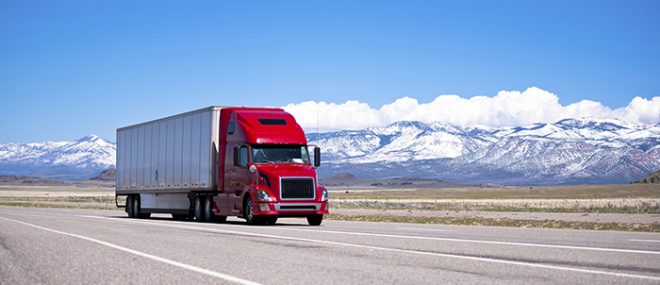In today’s fast-paced and competitive market, fleet managers are always looking for ways to save on operational costs and improve efficiency. One strategy that often gets overlooked is eco-driving — a technique that merges fuel-efficient driving practices with defensive driving principles. By implementing eco-driving into business operations, transportation companies can significantly extend vehicle lifespan, and can achieve sustainable improvements in efficiency, fleet safety, and overall operational performance.
Benefits of eco-driving and defensive driving
The key to promote safer, smarter driving is understanding that eco-driving and defensive driving are two complementary practices that work together. While defensive driving focuses on equipping drivers with skills to handle unexpected events and road hazards, eco-driving emphasizes efficient fuel use and reduced emissions. By combining these two approaches, fleet managers can enjoy multiple benefits. Here are four simple and effective tips to help implement eco-driving practices:
1. Fuel efficiency
Aggressive acceleration and hard braking are major causes of wasted fuel. Eco-driving encourages drivers to adopt smoother driving practices like gradual acceleration and gentle braking. Not only does this reduce fuel consumption, but it also improves overall vehicle control. Similarly, defensive driving promotes a light touch on the accelerator, scanning the road ahead for potential hazards, and gradual braking to ensure safety. Together, these methods can cut down on fuel costs and improve safety on the road.
2. Maintaining a steady speed
Maintaining a consistent speed is another key aspect of eco-driving. Avoiding unnecessary speed fluctuations can help drivers save fuel and make driving safer overall. That said, defensive driving also promotes this idea by making drivers more alert to their surroundings, resulting in smoother traffic flow and fewer accidents.
3. Proper tire inflation
Maintaining proper tire pressure is essential for eco-driving, though the frequency of checks varies depending on the type of driver. For example, commercial truck drivers are expected to check tire pressure daily as part of their routine, ensuring optimal fuel efficiency and safety. On the other hand, for regular car drivers, while regular checks are important, they may not need to be as frequent. Under-inflated tires increase rolling resistance, leading to higher fuel consumption. Over-inflated or under-inflated tires can wear out faster, lose traction, or even cause blowouts. Both eco-driving and defensive driving emphasize the importance of keeping tires at the right pressure as it can help improve fuel efficiency and make driving safer.
4. Anticipating traffic flow
Another key eco-driving technique is anticipating traffic changes. By being aware of traffic flow, drivers can reduce the need for sudden stops, reducing distractions and the risk of collisions which may result in saving fuel and mitigating the risks of accidents. This proactive approach fits perfectly with defensive driving principles, creating a safer and more fuel-efficient driving experience.
Eco-driving benefits for fleets
Eco-driving and defensive driving can lead to a safer and more eco-friendly driving experience. Here are the key benefits:
- Reduced crash risk: Drivers who use eco-driving and defensive driving techniques are less likely to take risks that lead to accidents. Studies show that these methods can help reduce collision rates by up to 4 per cent.
- Cost savings: Eco-driving cuts fuel consumption, and smooth driving reduces wear and tear on vehicles, leading to lower maintenance costs. According to Traffic Injury Research Foundation, tracking and improving fuel efficiency can help businesses save up to 15 per cent on fuel costs.
- Environmental impact: Reduced fuel consumption means fewer emissions, which can help to contribute to a cleaner environment and can help enhance a company’s sustainability image.
- Increased productivity: Efficient driving can help reduce downtime due to maintenance and incidents, allowing for more operational efficiency.
Ensure you’re protected with the right fleet insurance
Even with the best eco-driving practices in place, challenges on the road can still arise. That’s why having the right fleet insurance is crucial. To learn more about how insurance can help protect your business, visit our Business Insurance page today!




